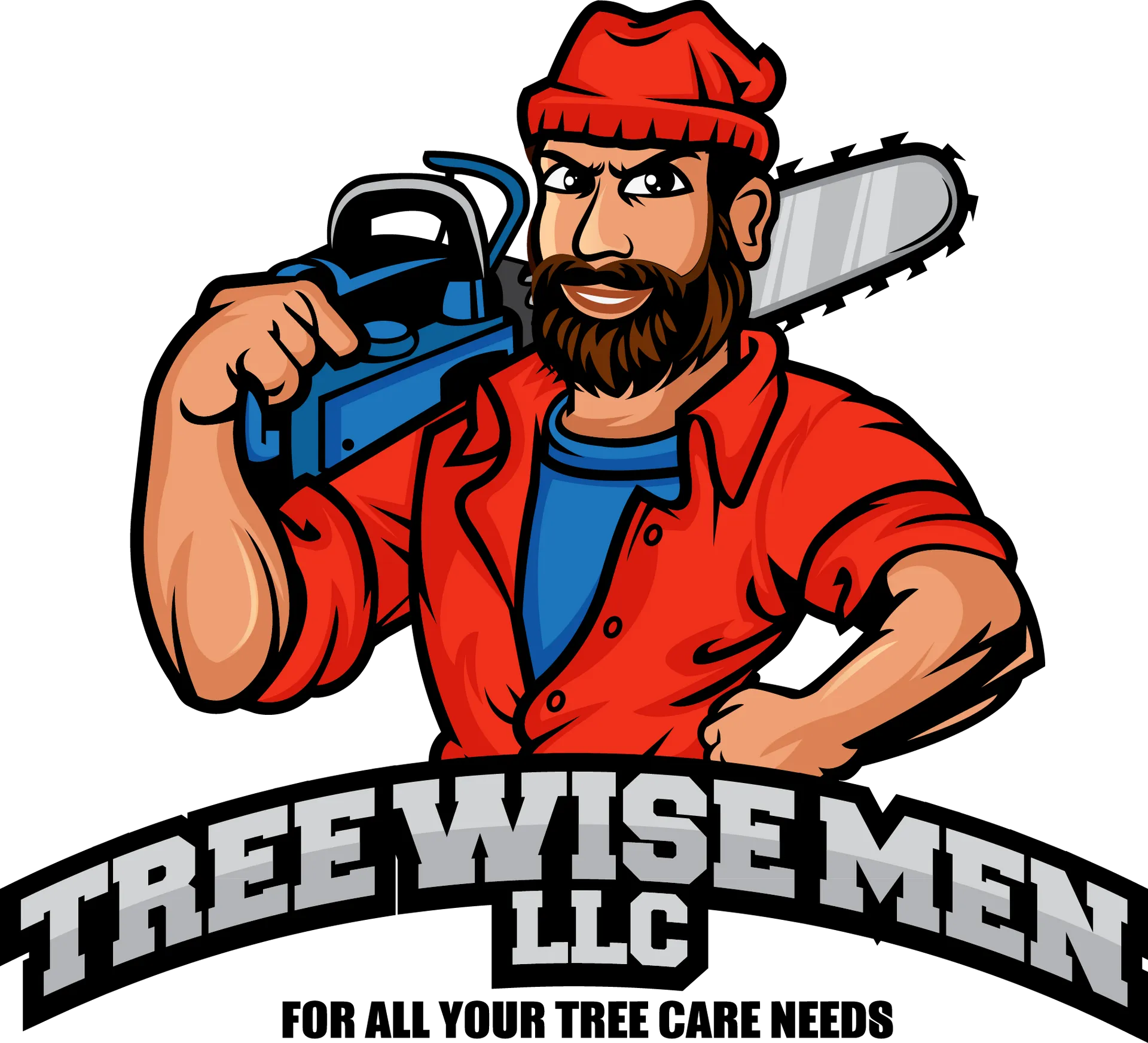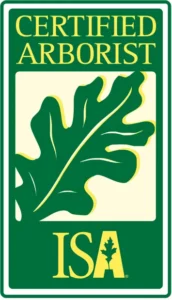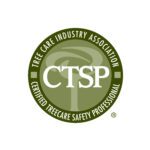Hiring a tree service can be a significant investment, whether you need routine maintenance, tree removal, or emergency storm cleanup. While skill and reputation are essential factors, one critical consideration often overlooked is insurance. Ensuring the tree service you hire is properly insured protects you from financial liability in case of accidents, property damage, or injuries.
But how can you confirm that the company you’re considering is insured? This guide will walk you through the steps to verify insurance coverage and provide peace of mind as you select the right service provider for your needs.
Why Is Insurance Important for Tree Services?
Tree work is inherently risky. From operating heavy equipment to climbing tall trees, accidents can happen, even with experienced professionals. Here’s why hiring an insured tree service is essential:
- Protection Against Property Damage: If a tree removal goes wrong and damages your home, fence, or vehicle, insurance ensures you won’t be left footing the bill.
- Coverage for Injuries: Workers’ compensation insurance covers employees injured while working on your property, protecting you from potential lawsuits.
- Liability Shield: General liability insurance covers incidents where the company is at fault, offering financial protection for both parties.
Steps to Check if a Tree Service Is Insured
1. Ask for Proof of Insurance
A reputable tree service should provide proof of insurance upon request. This typically includes a certificate of insurance detailing their coverage. Key information to look for includes:
- Policyholder’s name
- Insurance company name and contact information
- Coverage types and limits
- Policy effective and expiration dates
If the company hesitates or refuses to provide this document, it’s a red flag.
2. Verify the Insurance Policy
Once you have the certificate, take the following steps to verify its authenticity:
- Contact the Insurance Provider: Call the insurer listed on the certificate to confirm the policy is active and covers tree services.
- Check Coverage Details: Confirm the types of insurance they carry, such as general liability and workers’ compensation.
- Ensure Adequate Coverage: Ensure the coverage limits are sufficient to handle potential damages or claims.
3. Check for Workers’ Compensation Insurance
If the company has employees, workers’ compensation insurance is mandatory in most states. Without it, you could be held liable for medical bills or lost wages if a worker is injured on your property. Ask specifically if the company carries this coverage.
4. Look for Local and State Licensing Requirements
Some states require tree service companies to hold specific licenses, which often include proof of insurance. Check your state’s licensing board or website to verify if the company meets these requirements.
5. Request a Written Contract
Before work begins, ask for a written contract that outlines the scope of work, payment terms, and insurance details. Ensure the contract mentions that the company is insured and will be responsible for any damages or injuries during the job.
6. Research the Company’s Reputation
Online reviews and testimonials can provide insight into a company’s professionalism and transparency. Look for reviews that mention:
- How the company handled insurance-related issues
- Customer satisfaction with their work and communication
Websites like Google Reviews, Yelp, and Better Business Bureau (BBB) are excellent resources for evaluating a tree service provider’s reputation.
Common Insurance Policies for Tree Services
When verifying insurance, ensure the tree service has these essential policies:
1. General Liability Insurance
Covers property damage and injuries caused during work. Minimum coverage limits of $1 million are standard in the industry.
2. Workers’ Compensation Insurance
Covers medical expenses and lost wages for employees injured on the job. It also shields you, the homeowner, from lawsuits.
3. Commercial Auto Insurance
Protects vehicles used for business operations, including trucks or equipment transport.
4. Equipment Insurance
Covers the repair or replacement of tools and machinery damaged or stolen during work.
Red Flags to Watch Out For
When hiring a tree service, these warning signs may indicate a lack of insurance or professionalism:
- No Proof of Insurance: A reputable company will readily provide documentation.
- Vague Answers: If a company avoids answering specific questions about their insurance, proceed with caution.
- Unusually Low Prices: While affordability is important, significantly lower prices could mean they’re cutting corners, possibly on insurance.
- No Written Contract: Verbal agreements leave you vulnerable to misunderstandings or disputes.
FAQs About Tree Service Insurance
Q: What should I do if a tree service claims they are insured but won’t provide proof?
A: If a company claims to be insured but doesn’t provide proof, it’s best to move on. Legitimate businesses will gladly share their insurance information.
Q: How much insurance should a tree service have?
A: General liability insurance with a minimum coverage of $1 million per occurrence is standard. Workers’ compensation coverage is also crucial if they have employees.
Q: Can I be held liable if a tree service doesn’t have insurance?
A: Yes. If an uninsured worker is injured on your property or damages occur, you may be held responsible for medical bills or repair costs.
Q: Does homeowners insurance cover damages from uninsured tree services?
A: Homeowners insurance may not cover damages caused by uninsured contractors, leaving you financially exposed.
Benefits of Hiring an Insured Tree Service
Choosing an insured tree service offers multiple benefits:
- Peace of Mind: Knowing you’re protected from unforeseen costs or liabilities.
- Professionalism: Insured companies demonstrate a commitment to safety and responsibility.
- Risk Reduction: Minimizing financial risks ensures a smooth and worry-free experience.
Final Thoughts
When hiring a tree service, verifying their insurance is one of the most important steps you can take. Asking for proof, contacting the insurer, and confirming adequate coverage protect you from potential financial and legal headaches.
Whether you’re scheduling routine tree maintenance or tackling a hazardous removal, partnering with an insured tree service ensures the job is done safely and responsibly. Don’t settle for shortcuts—prioritize your peace of mind by choosing professionals who carry the right coverage.
Remember, a company that’s transparent about its insurance policies is likely to be reliable in all aspects of its work.



















